Bronchopulmonary segments
Bronchopulmonary segments.
Lungs are subdivided into bronchopulmonary segments, segmenta bronchopulmonalia.
The bronchopulmonary segment is a segment of the pulmonary lobe ventilated by a single segmentary bronchus and is supplied by a single artery. The veins that divert blood from the segment pass through the intersegmental septa and are most common for the two adjacent segments. Segments are separated from each other by connective tissue septa and have the form of irregular cones and pyramids, the vertex facing the gates, and the base - to the surface of the lungs. According to the International Anatomical Nomenclature, both the right and left lungs are divided into 10 segments. The bronchopulmonary segment is not only a morphological, but also a functional unit of the lung, since many pathological processes in the lungs begin within a single segment.
In the right lung, ten bronchopulmonary segments are distinguished, segmenta bronchopulmonalia.
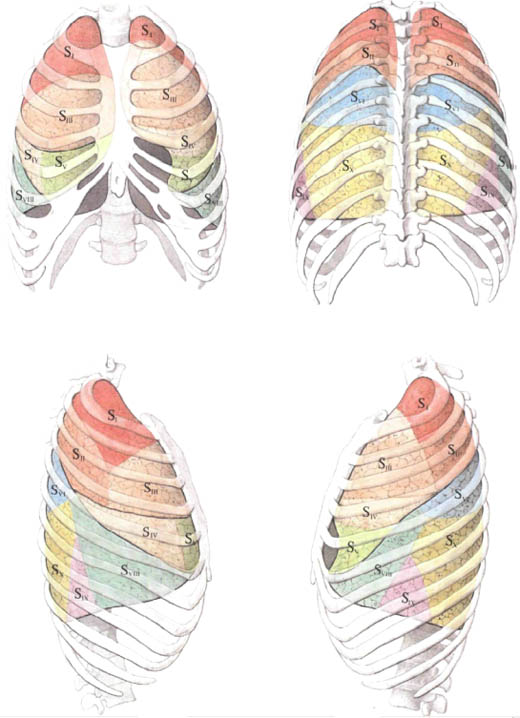
The upper lobe of the right lung contains three segments, to which segmental bronchuses come from the right upper chest pain, bronchus lobaris superior dexter, divided into three segmental bronchi:
1) apical segment (CI), segmentum apicale (SI), occupies the upper medial portion of the lobe, filling the dome of the pleura;
2) posterior segment (CII), segmentum rostrousius (SII), occupies the dorsal part of the upper lobe, adjacent to the dorsolateral thoracic surface at the level of II-IV ribs;
3) the front segment (CIII), segmentum anterius (SIII), forms part of the ventral surface of the upper lobe and is due to the base of the anterior chest wall (between cartilages of I and IV ribs). 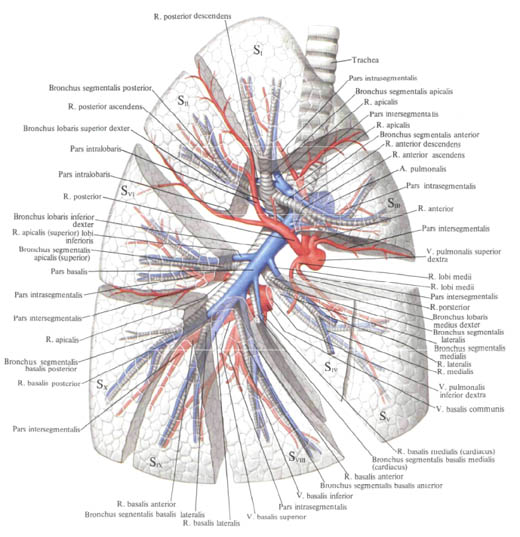
The median lobe of the right lung consists of two segments, to which segmental bronchuses approach from the right median bronchus, bronchus lobaris medius dexter, originating from the anterior surface of the main bronchus; Going forward, down and out, the bronchus divides into two segmental bronchi:
1) lateral segment (CIV), segmentum laterale (SIV), inverted with base to anterolateral rib surface (at level IV-VI ribs), and apex - upward, posterior and medially;
2) the medial segment (CV), segmentum mediale (SV), is part of the rib (at the level of IV-VI ribs), the medial and diaphragmatic surfaces of the middle lobe.
The lower lobe of the right lung consists of five segments and is ventilated by the right lower lobar bronchus, the bronchus lobaris interior dexter, which gives up on its way one segmental bronchus and, reaching the basal parts of the lower lobe, is divided into four segmental bronchi:
1) the apical segment (CVI), segmentum apicale (superior) (SVI), occupies the apex of the lower lobe and lies with the base to the posterior thoracic wall (at the level of V-VII ribs) and to the spine;
2) the medial (cardiac) basal segment (CVII), segmentum basale mediale (cardiacum) (SVII), occupies the lower medial part of the lower lobe, exiting its medial and diaphragmatic surfaces;
3) the anterior basal segment (CVIII), segmentum basale anterius (SVIII), occupies the anterolateral part of the lower lobe, extends to its rib (at the level of the VI-VIII ribs) and the diaphragm surface;
4) the lateral basal segment (CIX), segmentum basale laterale (SIX), occupies the mid-section of the base of the lower lobe, participating in part in the formation of the diaphragmatic and rib (at the level of VII-IX ribs) of its surfaces;
5) posterior basal segment (CX), segmentum basale posterius (SX), occupies part of base of lower lobe, has rib (at the level of VIII-X ribs), diaphragmatic and medial surfaces.
In the left lung, nine bronchopulmonary segments are distinguished, segmenta bronchopulmonalia. 
The upper lobe of the left lung contains four segments, ventilated by segmental bronchial tubes from the left upper lobar bronchus, bronchus lobaris superior sinister, which divides into two branches, apical and lingual, due to which some authors divide the upper lobe into two corresponding parts:
1) apex-posterior segment (CI + II), segmentum apicoposterius (SI + II), according to topography approximately corresponds to the apical and posterior segments of the upper lobe of the right lung;
2) the front segment (CIII). Segment and anterius (SIII), is the largest segment of the left lung, it occupies the middle part of the upper lobe;
3) the upper ligulate segment (CIV), segmentum lingulare superius (SIV), occupies the upper part of the tongue of the lung and middle sections of the upper lobe;
4) the lower ligulate segment (CV), segmentum lingulare inferius (SV), occupies the lower anterior part of the lower lobe. 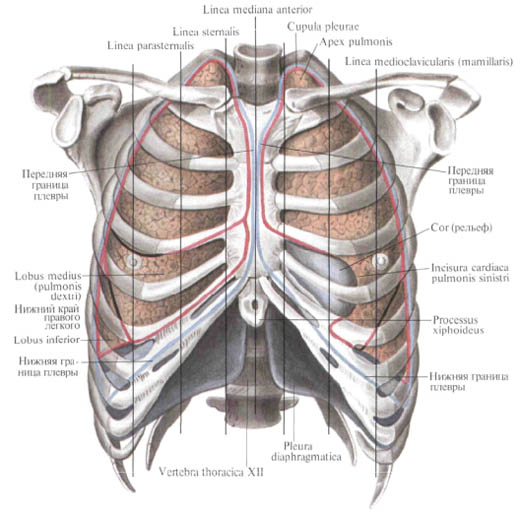
The lower lobe of the left lung consists of five segments, to which segmental bronchuses from the left lower lobar bronchus, bronchus lobaris inferior sinister, which in its direction is actually the extension of the left main bronchus:
1) apical (upper) segment (CVI), segmentum apicale (superius) (SVI), occupies the apex of the lower lobe;
2) the medial (cardiac) non-segmental segment (CVIII), segmentum basale mediale (cardiacum) (SVIII), occupies the lower medial part of the lobe corresponding to the cardiac impression;
3) the front basal segment (CVIII), segmentum basale anterius (SVIII), occupies the anterolateral region of the base of the lower lobe, forming parts of the rib and diaphragm surfaces;
4) the lateral basal segment (CIX), segmentum basales laterale (SIX), occupies the mid-lateral part of the base of the lower lobe;
5) posterior basal segment (CX), segmentum basale posterius (SX), occupies the posterolateral base of the base lobe, being one of the largest.
You will be interested to read this:

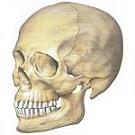
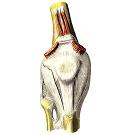
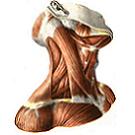
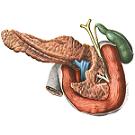
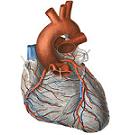

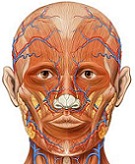

Comments
When commenting on, remember that the content and tone of your message can hurt the feelings of real people, show respect and tolerance to your interlocutors even if you do not share their opinion, your behavior in the conditions of freedom of expression and anonymity provided by the Internet, changes Not only virtual, but also the real world. All comments are hidden from the index, spam is controlled.